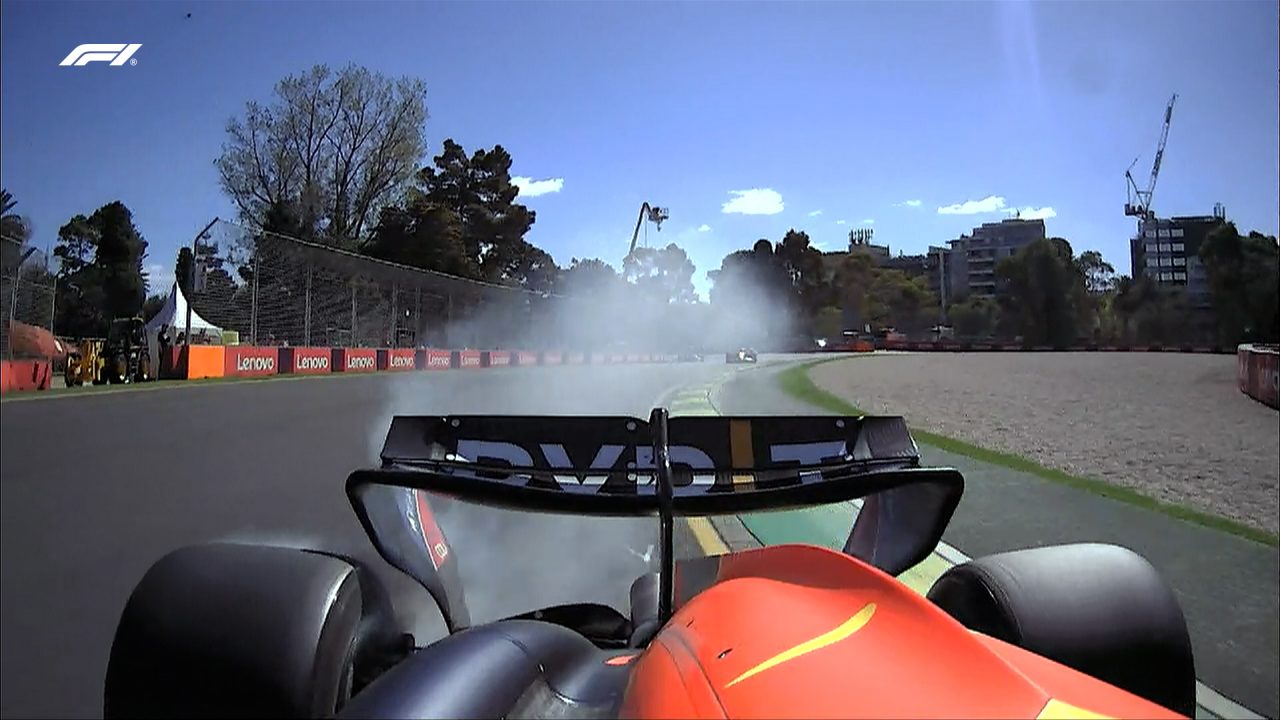Potential Scandal in F1: Red Bull’s Asymmetric Braking and Technical Advantages Under Scrutiny In recent days, the world of Formula 1 has been rocked by a potential technical scandal that could involve Red Bull and another team. At the center of this controversy is the hypothesis that an asymmetric braking system, capable of treating the wheels independently, has been implemented. If confirmed, such a system would represent a significant violation of the spirit of F1 regulations.
Origin of the Debate: An Incriminating Tweet About Red Bull F1’s Alleged System
Suspicion arose from a tweet by Peter Windsor, a well-known F1 commentator, which highlighted a possible technical irregularity. The issue quickly caught the attention of the FIA, which promptly responded by issuing a clarification in the technical regulations, specifically in Article 11.1.2, explicitly banning any system or mechanism that could provide an advantage through asymmetric braking.
The Accused Red Bull F1 Mechanism: How Does It Work?
The hypothesized system is based on a pressure reducer that differentiates the braking force between the inner and outer wheels, using lateral acceleration as the activation element. Essentially, a component within the braking circuit, influenced by lateral forces during cornering, regulates the pressure applied to the brakes, allowing for greater braking on the inner wheel. This asymmetric behavior reduces understeer and optimizes corner entry, significantly enhancing the car’s performance.

Draw by Craig Scarborough @ScarbsTech link Via X
Regulatory and Technical Implications
The FIA, acting swiftly, clarified that such a device contravenes regulations by introducing unauthorized asymmetry in the braking forces across the axle during braking. Many view this clarification as a direct response to the discovery of potential use of such a system by one or more teams, including Red Bull.

A Suspicious Incident: Red Bull Under the Spotlight
One detail that has raised further suspicion was an incident involving Red Bull during the Australian Grand Prix, where one of their cars returned to the pits with the right rear brake duct on fire. This episode, which at the time lacked a definitive explanation, could be linked to the use of an asymmetric braking system that, if malfunctioning, could have caused abnormal overheating.
What Advantages Could Be Gained?
From a technical standpoint, an asymmetric braking system could offer significant advantages in terms of corner entry, improving the car’s responsiveness and reducing understeer. This advantage could translate into a gain of several tenths of a second per lap, especially on highly technical and driver-focused tracks. However, precisely quantifying the time gain is complex and depends on many variables, including the car’s setup and the characteristics of the circuit.
What to Expect in the Future?
With the upcoming Dutch Grand Prix at Zandvoort, it is likely that the topic of asymmetric braking will become central in technical and media discussions. While the FIA has already taken regulatory action, it remains to be seen whether further details will emerge or if other teams will file official complaints.
This issue raises important questions about the FIA’s ability to detect and verify such devices, which could go unnoticed during routine technical inspections. We can only wait to see if there will be any developments and whether the true extent of this system’s use will be revealed, along with its actual impact.


